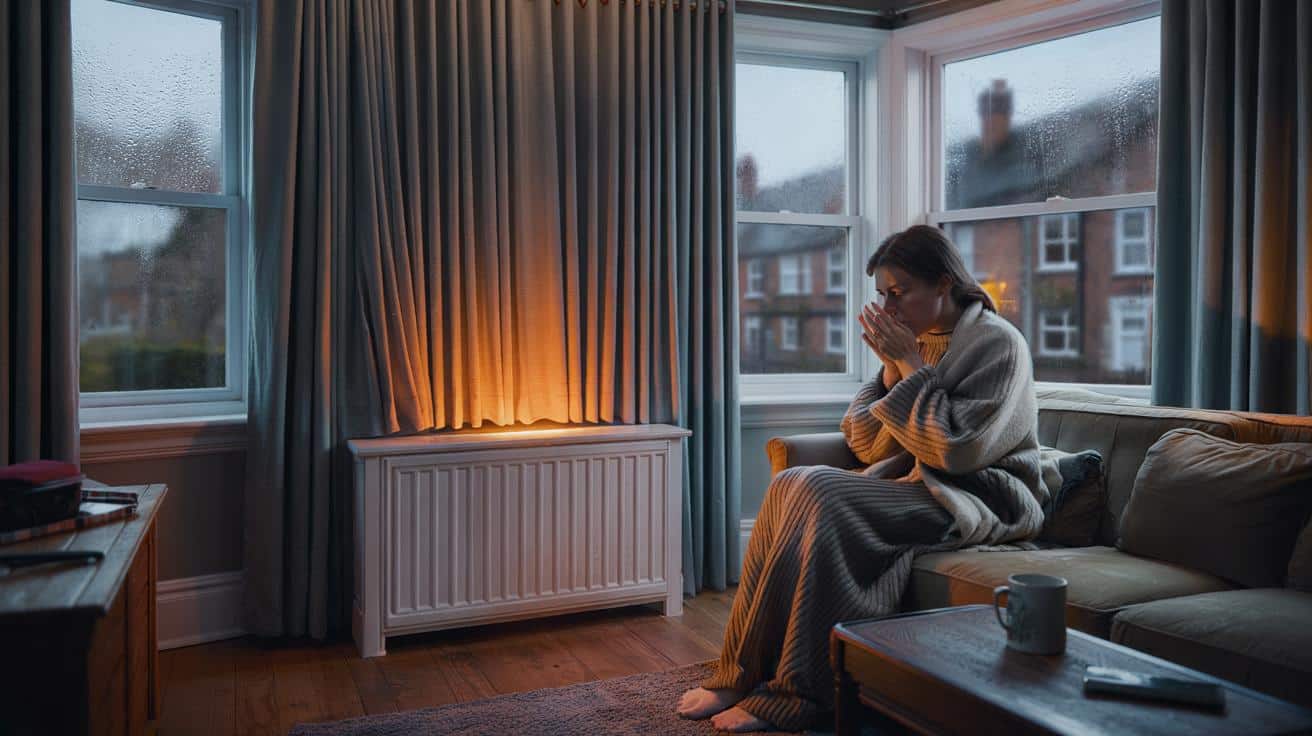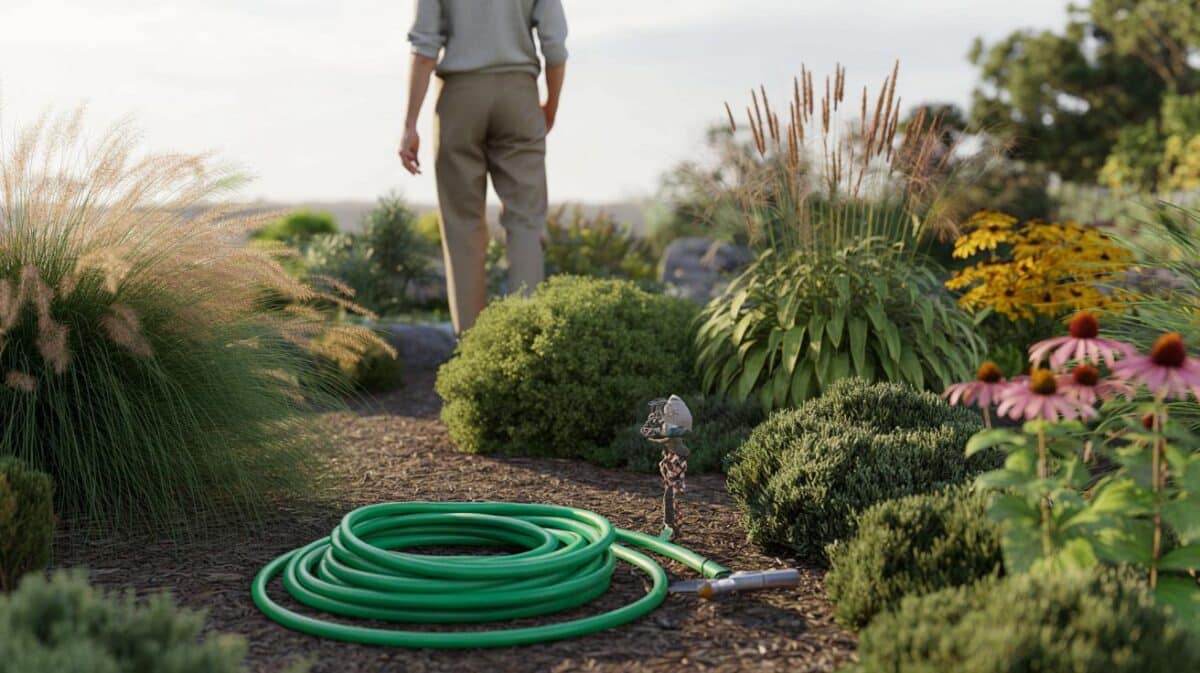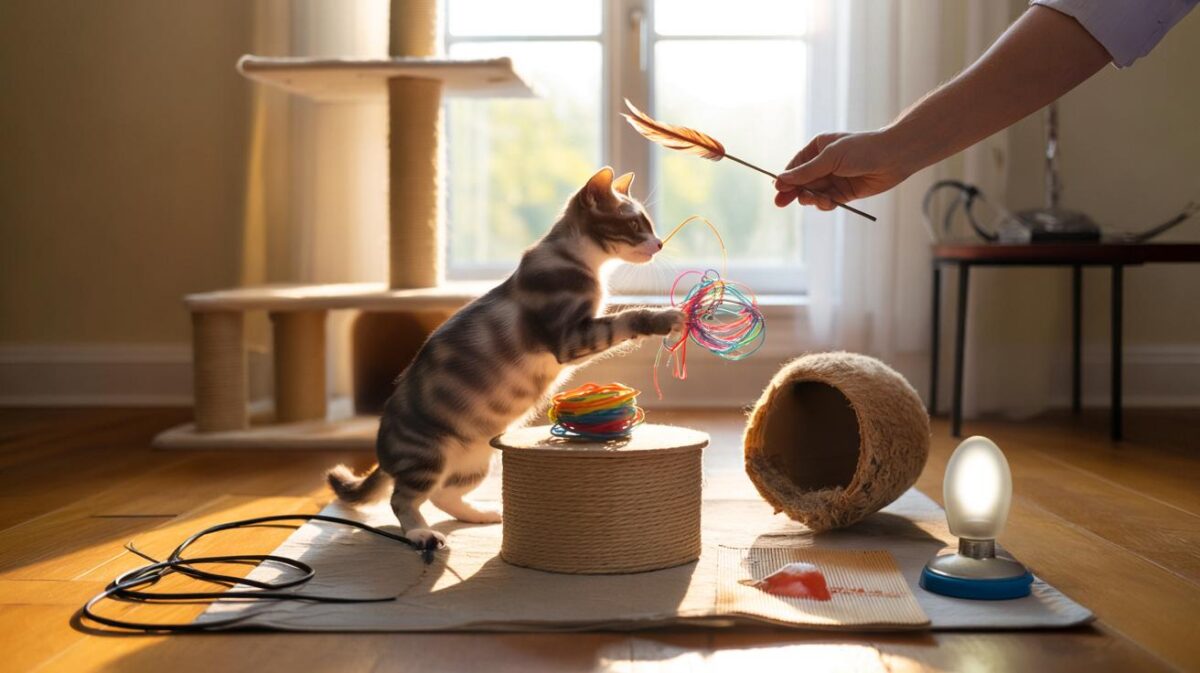Something close by steals the heat.
As colder evenings return, many households crank up the thermostat to chase comfort. Yet a tiny layout choice in the living room can quietly drain cash and leave rooms tepid, even while radiators glow.
The quiet culprit in plain sight
Style often trumped physics when you arranged the lounge. A plush sofa nudged against a radiator. Heavy curtains skimming a convector. A TV unit snug beneath a warm air grille. Each choice looked cosy. Each one trapped heat where you least need it.
Poor heat circulation can add 10–20% to your winter bill. You pay more while the room still feels cool.
How furniture and curtains choke the heat
Radiators and vents need clear air to move warmth across the room. When fabric and wood sit in the way, they soak up energy. The furniture heats first, the air stays sluggish, and you nudge the thermostat higher. The boiler burns longer, yet the far corner never loses its chill.
Clues your living room blocks warmth
- One side of the radiator scalds, but the sofa area stays lukewarm.
- Cold corners linger, especially near windows and along floors.
- You sit in a draught on the settee even with the heating “on.”
- The hallway feels warmer than the lounge once doors stay shut.
- Bills rise, comfort doesn’t.
The living room mistakes that cost real money
Small layout choices, big seasonal losses
These common setups force your system to fight physics:
- A deep sofa or armchair pressed within a few centimetres of a radiator panel.
- A media unit or bookcase parked across a warm air grille or storage heater front.
- Full-length, thick curtains that cover the radiator top and spill across the front.
- Piles of throws, clothes and toys stacked on or against the heat source.
Leave at least 30 cm of clear space in front of radiators and above convectors. Warm air must breathe.
What this means for your wallet
Block the heat and the boiler runs longer to hit the same setpoint. Over a season, the waste adds up. On a typical household heating spend of around £2,080, a 10–20% penalty means £208–£416 gone. If your usage sits nearer the middle, that’s roughly £312 you could keep.
Fix the flow: quick wins you can do tonight
Give every heat source room to work
Slide furniture away from radiators by a handspan or more. Lift curtain hems above the top grille or tie them back so warm air escapes into the room, not the window. Keep shelves, plants and storage boxes off the front face of heaters.
Choose fabrics and positions that help, not hinder
- Use lighter, lined curtains near radiators; keep heavy drapes for windows without a heat source below.
- Place seating 40–60 cm away from radiators; aim the backrest so heat flows past, not into, upholstery.
- Raise furniture on legs rather than solid bases to let warm air circulate.
- Open internal doors for 15 minutes after the heating starts to spread warmth evenly, then close to hold it.
Make the most of the heat you pay for
Simple upgrades that punch above their weight
- Fit reflective panels behind external‑wall radiators to bounce heat back into the room.
- Bleed radiators to remove trapped air; balance the system so each room warms at the same pace.
- Set thermostatic radiator valves (TRVs) so lived‑in rooms sit at 18–19°C and bedrooms a touch cooler.
- Run a ceiling fan on low, reverse mode to push warm air down without a draught.
- Shut blinds and curtains at dusk; open them when the sun hits the glass.
| Action | Time | Typical impact |
|---|---|---|
| Clear 30 cm in front of radiators | 10 minutes | Faster warm‑up, fewer cold spots |
| Bleed and balance radiators | 1 hour | Even heat, lower boiler run‑time |
| Fit reflector panels | 30 minutes | More room heat, less wall loss |
| Adjust TRVs to 18–19°C | 5 minutes | About 7% less energy per degree |
Spot and fix distribution problems early
What your radiators tell you
A hot top and cold bottom points to sludge; book a flush if bleeding doesn’t solve it. A cool radiator near a door often signals a balancing issue; throttle back hotter circuits to share flow. If a single room lags, check for a blocked grille, a curtain drop, or a sofa shadowing the panel.
Mind the sensors
A thermostat beside a radiator or behind a curtain reads wrongly and drives short, wasteful cycles. Mount it away from direct sun, heat sources and draughts, about chest height. If you have smart sensors, place one where you actually sit so the system targets comfort where you feel it.
When layout meets fabric of the home
Stop the leaks, then tune the layout
Draught‑proof letterboxes and gaps around skirtings so your careful layout gains traction. Seal chimney balloons where fireplaces stand idle. Fit brush strips to doors. Once you slow the leaks, that freed‑up radiator can carry warmth across the room, not out through cracks.
Arrange rooms for airflow first, looks second. Comfort rises, runtime falls, and the thermostat can drop a notch.
What your winter might look like with better flow
Two quick scenarios
- A flat with a large corner sofa covering a double panel: you pull it forward 50 cm, tie back curtains, and add a reflector. The room hits 19°C 15 minutes sooner. You shave a degree off the setpoint and save around 7% on gas.
- A semi with heavy drapes over a bay radiator: you swap to lined but lighter curtains and raise the hem above the grille. Cold spots fade, the boiler cycles less, and usage drops towards that 10–20% range.
Extra tips that stretch savings through the season
Plan a weekly five‑minute check
Before the big switch‑on each evening, walk the lounge. Clear fronts and tops of heaters. Open tie‑backs. Tap each radiator: if one lags, bleed it or adjust the lockshield. Remove laundry racks from the heat path and push rugs away from convectors.
Run a quick bill simulation
Take last winter’s heating spend. Multiply by 0.9 for a modest layout fix, or 0.8 if you mix in reflectors, bleeding and better curtains. A household spending £2,080 last year drops to roughly £1,872–£1,664. That range buys a month of groceries, a child’s coat, or a cushion against January’s prices.
You do not need a new boiler to feel warmer. You need clear airflow, smarter fabrics, and a few centimetres of space.
If you rent and can’t move big pieces, target what you can control: tie back curtains, lift throws off heaters, and add removable reflectors. If you own, consider a room heat‑loss check, then reposition large items permanently and fit TRVs room by room. Each change nudges the bill down without sacrificing comfort.








